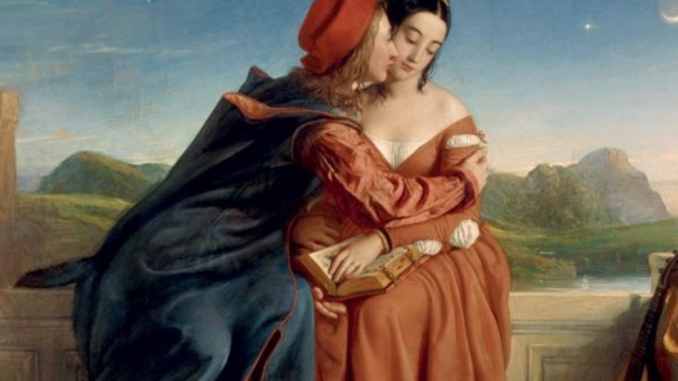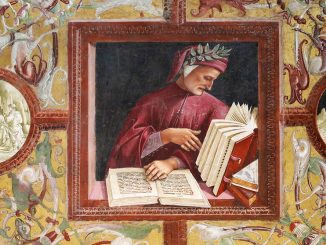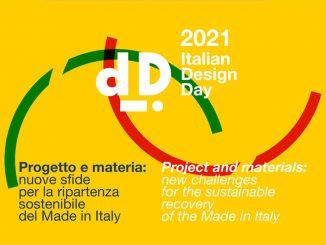
It might not be a coincidence. Tuscany, with its hills, vineyards and river valleys, is one of the most stimulating Italian regions. It was the birthplace of the Renaissance and remains an epicenter of language, art, fashion and tourism. When I lived in the regional capital of Florence – also enchanted by the bouncy, biting and seductive music of the language – I learned from my native friends that the Tuscan accent was a point of pride. On long, languid summer evenings, they blew and whispered through their “c’s” ordering glasses of ciao hoca (instead of Coca Cola) for the table, usually within walking distance of a show or namesake of the city’s most famous poet, Dante Alighieri.
Alighieri played an important role in the development of the Italian language. Born in Florence in 1265 (where his house is now a museum), he wrote the timeless classic, the Divine Comedy, a narrative poem in which he describes a journey through hell, purgatory and heaven led by Beatrice, his ideal bride. But besides writing something extraordinary, he did something radical for his time; he wrote in his native Tuscan dialect, although Latin was the preferred language of the educated elite. He also defended his choice of him in a book called De Vulgari Eloquentia (Eloquence in vernacular). In the years that followed, he was commemorated as a champion of the region and the language.
Surprisingly, interest in Alighieri’s work has never waned. This is why so many travelers flock to the many parts of Florence that bear the image of him. There is a statue of him that looks heavy and holds a lira in the famous Uffizi Museum, and another in the sprawling Piazza Santa Croce. The sculptures dominate the crowd, as if to keep watch. But although Dante is the best known Italian writer, he is not the only one to have shaped the Italian language as we know it today.




Be the first to comment